A new human species is found in a cave in the Philippines

It was announced that a new kind of human fossil was found in a cave in the Philippines, which is newly identified with the fossil human beings such as “Homo Sapiens”, “Australopithecus” and “Beijin Originals” who learn in history. The findings, reported in the British science magazine Nature, are clearly summarized in a movie and can be viewed on YouTube.
A new species of Homo from the Late Pleistocene of the Philippines | Nature
New human species found in the Philippines-YouTube
A small bone fragment was found in a Philippine cave. Scientists believed that this was from a race that has never been found.
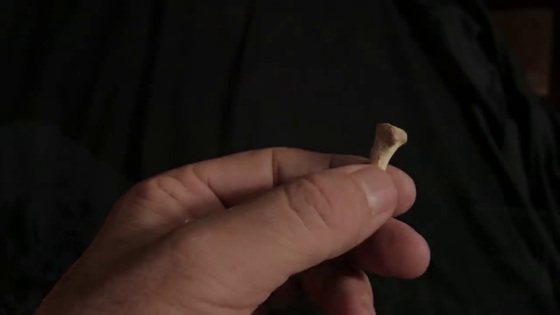
This new race was named 'homo luzonensis' from the island of Luzon, Philippines, where bone fossils were found.
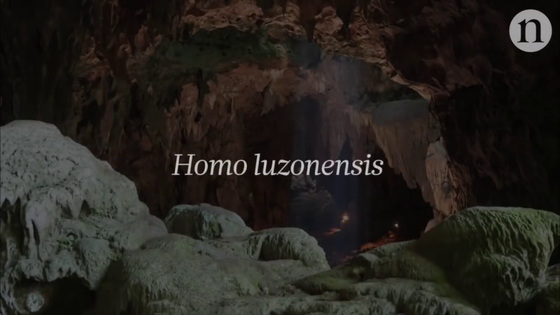
So far, there are not many clues to homo luzonensis, only a few limbs, one thigh (mostly) bone, and seven teeth. They are all small, and homo-Luzonensis seems to be as tall as 4 feet (about 121 cm).
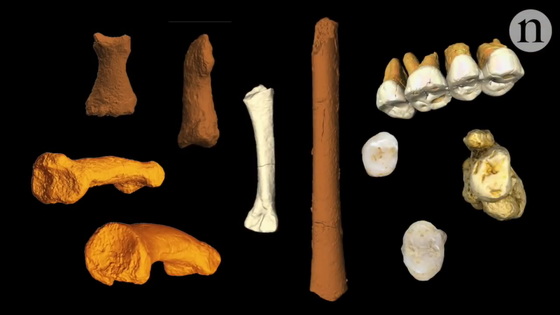
This kind of small human being is the second kind in Southeast Asia, and in 2004, scientists have revealed a species called “Homobit”, a small body and brain known as “Hobit”. .

It is believed that both Homo Luzonensis and Flores were active 50,000 years ago with the same time as our ancestors Homo Sapiens, and they had a close relationship with Neanderthals and the mysterious Dinissians of fossil humans. That there is. These fossil human beings roam in Asia, and it is thought that crosses between different races have been conducted, but it is assumed that Flores and homoluzonensis were inhabited independently on the island, That is why the lack of resources is also the cause of the smallness of the body.
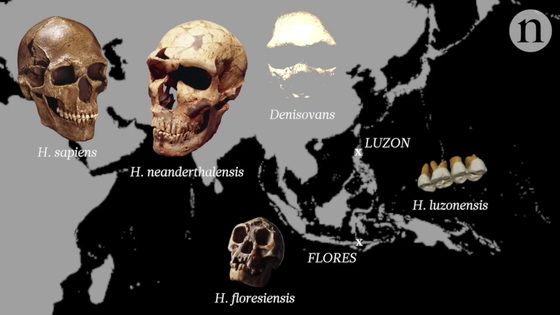
The researchers seem to think that 'Homo-Luzonensis is smaller and poorer than Flores'. Also, it is believed that the main feature of homoluzonensis is in the 'tooth', and it is a strange fossil that mixes the features found in the ancient teeth and the features found in the modern teeth.
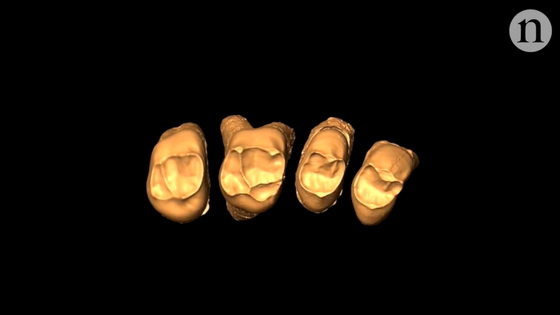
From these characteristics, it is possible that the ancestor of homo luzonensis is homo electos. It is believed that Homo Electus has traveled from Africa to Southeast Asia in times prior to Homo Ruzonensis and Flores Gentiles, so those fossil humans are likely to be thought of as small versions of Homo Electus.
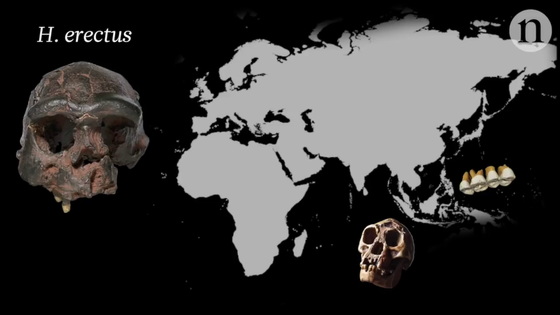
However, the bones of the homo-ruzonensis foot are not similar to those of the other species, and they have characteristics similar to the bones of the Australopithecus that lived in Africa 3 million years ago. The characteristics of this bone give rise to the question, 'Where is it born and how it moved?'
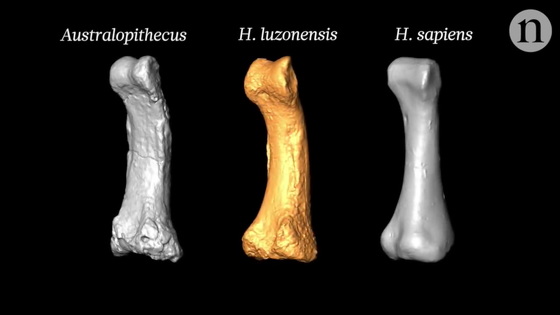
The bones of the Australopithecus heel are slightly curved, which is advantageous for climbing trees, so it is believed that Australopithecus has been climbing trees even after bipedal walking. You Homo Luzonensis, which has the same features after 2.5 million years, may also have been a tribal climber with the same four-legged walk.
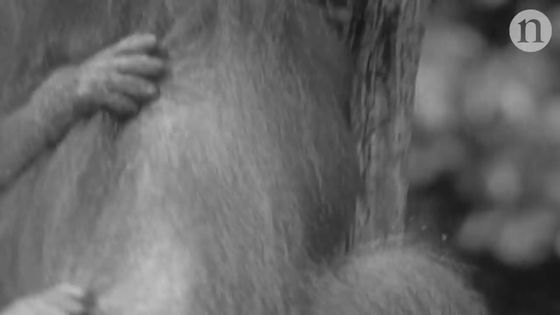
Excavation work is still being carried out, and the secret of mysterious homo-Luzonensis is being pursued. Although the survival of DNA can not be expected because of the hot and humid area, proteins that can be extracted from bone also seem to indicate relationships with other fossil humans. It is hoped that this discovery will take another step forward with the history of human evolution that is too complicated and complex, but that is attractive.
Related Posts:







